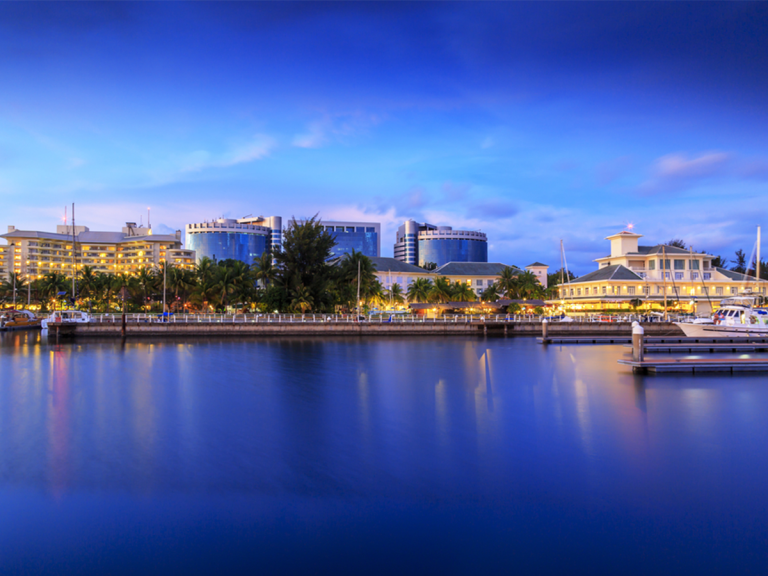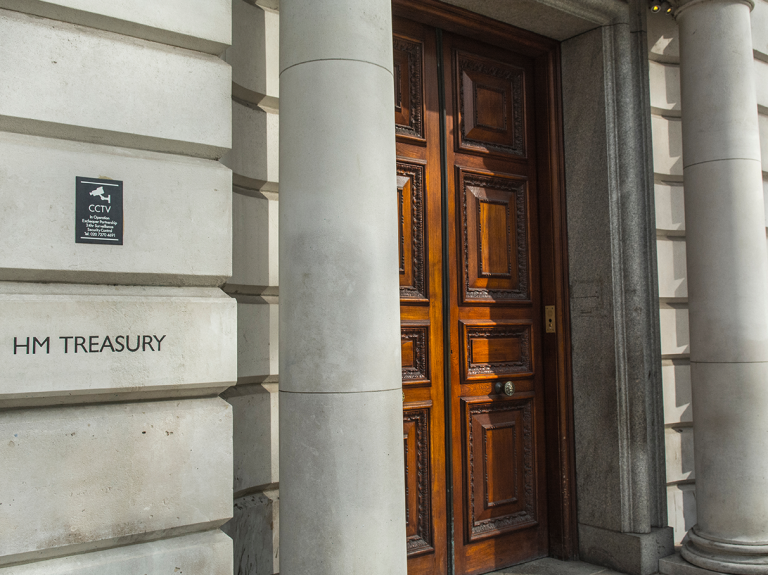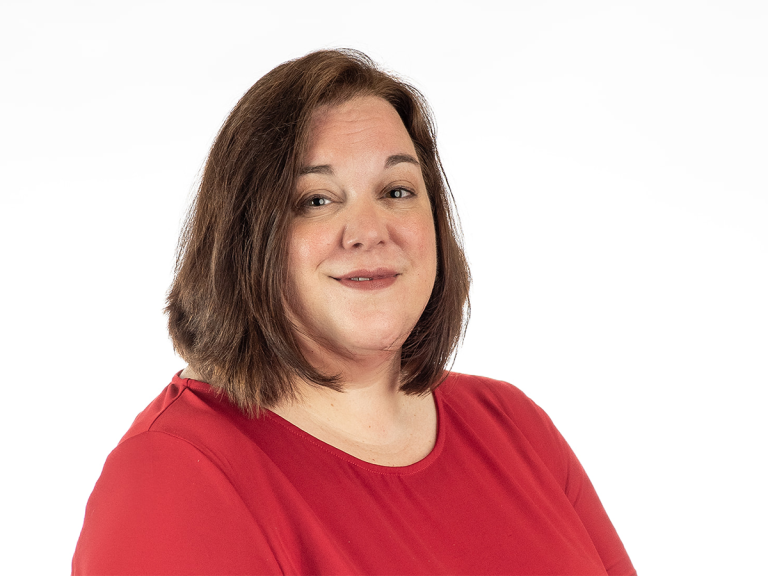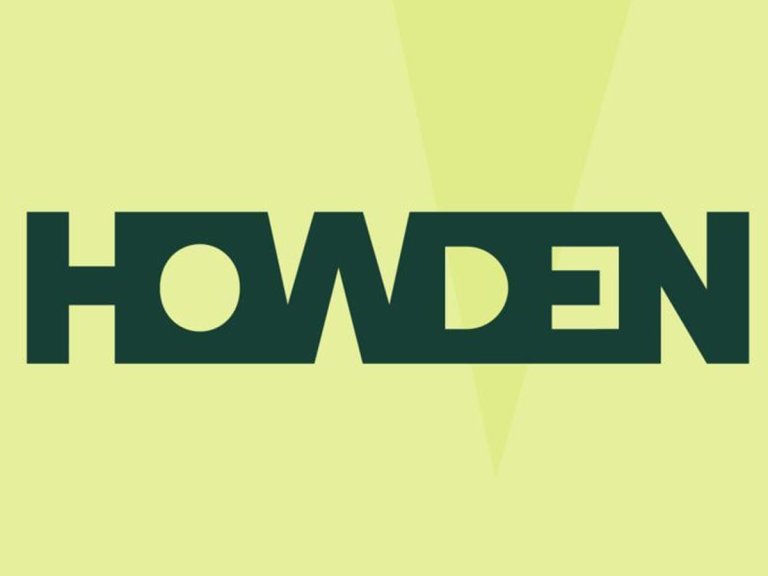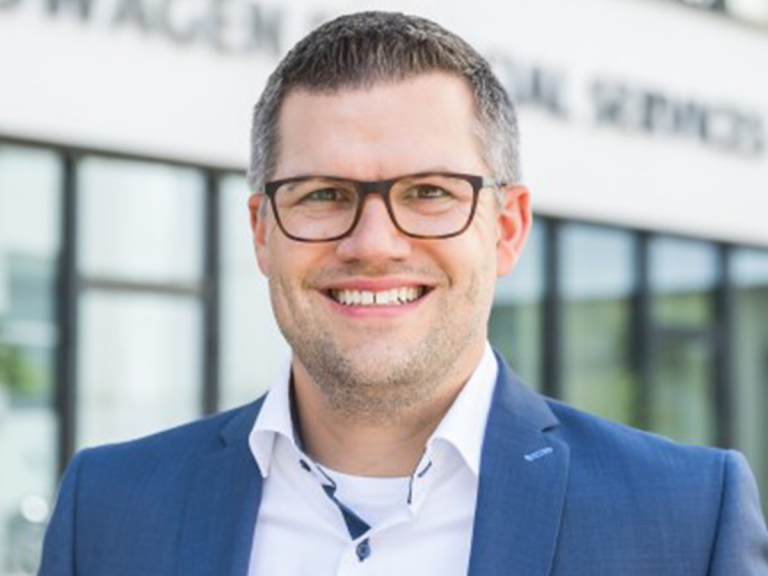Pure captives are still the most popular captive structure in Labuan, but interest in cell formations is increasing as more companies in the region consider alternative risk transfer methods.
Labuan is the only captive domicile in Asia that has cell legislation, but discourse is growing round the possibility that Singapore could become the second domicile in the region to introduce them.
At the end of 2023, Labuan had 69 captives including 39 pure captives, 17 rent-a-captives and 15 protected cell companies (PCC).
“That has been the way [in Labuan] because the model started with pure captives way back in 1996,” Syahrul Imran Mahadzir, director at Labuan Financial Services Authority (LFSA), told Captive Intelligence on the sidelines of the Asian Captive Conference, held in Kuala Lumpur, Malaysia on 19 September.
However, Mahadzir said the dynamic had shifted since the introduction of PCC legislation in 2010.
“Protective cell companies have become quite highly demanded by prospects and business owners,” he said.
Mahadzir said this was primarily due to two reasons.
“First, they can segment their business according to the structure, so it is much more demarcated using cells and they are not co-mingling,” he added.
“Second, we are the only jurisdiction in Asia which has an explicit law that spells out how cell captives operate within our legal framework.”
Labuan has made a number of changes to its captive statute of late, including allowing third-party risk and the introduction of an external rent-a-captive offering (X-RAC)
Mahadzir said there is scope for increased guidance and safety measures for those underwriting a high proportion of third-party risk or indirect party risk.
“We do not want there to be a gap area that can be abused by applicants,” he said.
As a result, Mahadzir said the regulator was considering additional measures that would limit how much third-party risk can be absorbed before the LFSA recommends captive applicants consider a commercial insurer license instead.
“Otherwise, there would be a gap in the regulatory measures if we just maintain the status quo in terms of requirements,” he said.

